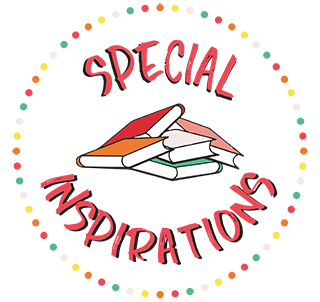Are you curious to know exactly what RED WORDS are? How to teach them? Are you wondering, why are they difficult to spell? *Scroll to the bottom for a list of red words!*
Hopefully I can answer some of your questions that I know you have been wondering about for years!
My teaching career so far has only been in private schools and working primarily with students diagnosed with dyslexia. When I hear talk about sight words and high frequency words, the two terms often get mixed up and I certainly get confused.
I teach using the Orton-Gillinham Approach which is a direct and explicit way of teaching children how to read. We also teach students how to spell by using a multisensory, direct, and explicit approach. When I read through the Fry or Dolch high frequency word lists they are exactly that: high frequency words. However, I do not consider them sight words. To me sight words can only be recognized by sight. They can not be phonetically sounded out. There are words included in the Fry and Dolch lists that are phonetic and can be sounded out. For instance, I can teach a student how to read and spell the word play when I teach the sound and spelling generalization of ay.
Therefore, in the Orton-Gillingham Approach when we teach sight words (that are true to the title), we call them RED WORDS because they are truly nonphonetic or unphonetic words that cannot be sounded out. An example of a red word is "said," if you have seen a student spell it "sed" they are sounding it out correctly and phonetically. Since "said" is not spelled phonetically we have to memorize it. Students with dyslexia may have difficult time learning the spellings of these words since spelling phonetic words is already challenging enough.
It is important for my students with dyslexia to understand what words they can sound out (that are phonetic) and what words they can't sound out (hence our RED WORDS).
Since red words cannot be sounded out, we have to practice memorizing them for spelling and recognize them for reading. We do this through using a multisensory approach.
Below are some multi-sensory ideas for ways to practice red words:

Use playdoh to smash the letters, spelling the red word three times. It is important to note that with red words we are smashing the letters not the sounds.
Have students find the red words in their reading passages and trace them with a red marker while saying the letters.
Solve red words puzzles and then spell the word in red sand using two fingers while simultaneously saying the letter names.
Highlight red words in red during fluency drills. This will help students recognize that it is a red word and they can't sound it out.
Create a mobile word wall individualized for each student or use red words for your spelling tests.
Create a Red Words bulletin board/word wall! I had this up all year in my classroom and my students used it EVERY day!
Some other fun ideas include Sky Writing the letters, playing hot lava (reading red words on notecards), spelling in shaving cream, red paint, hopping or skipping while spelling the letters, passing a ball back and forth while spelling, playing PIG in basketball but using red words instead of PIG or HORSE....
I hope this blog post gave you some ideas about what red words are as well as multisensory ways to teach them!























